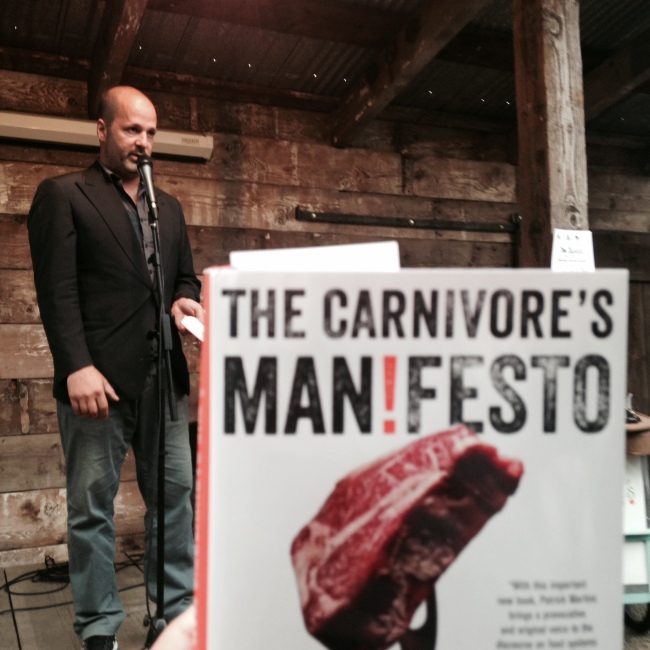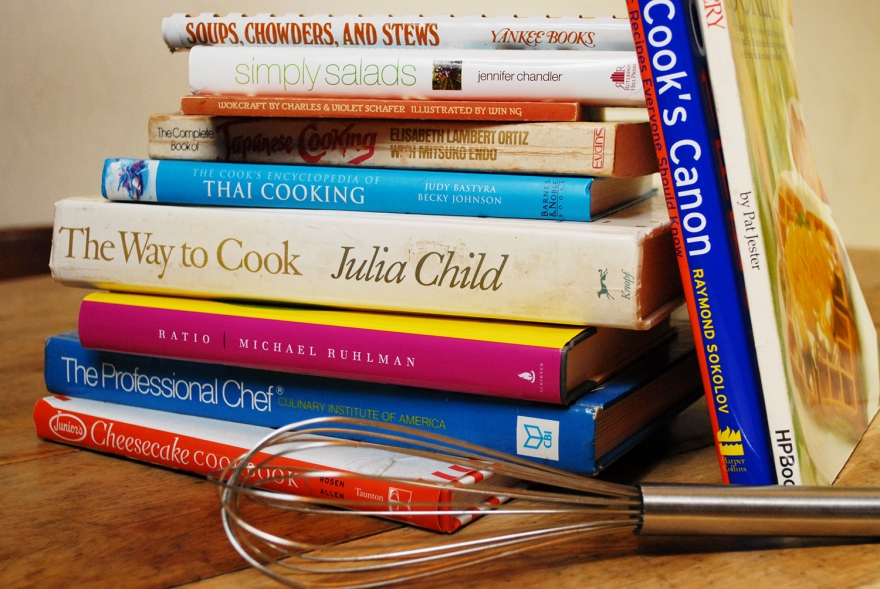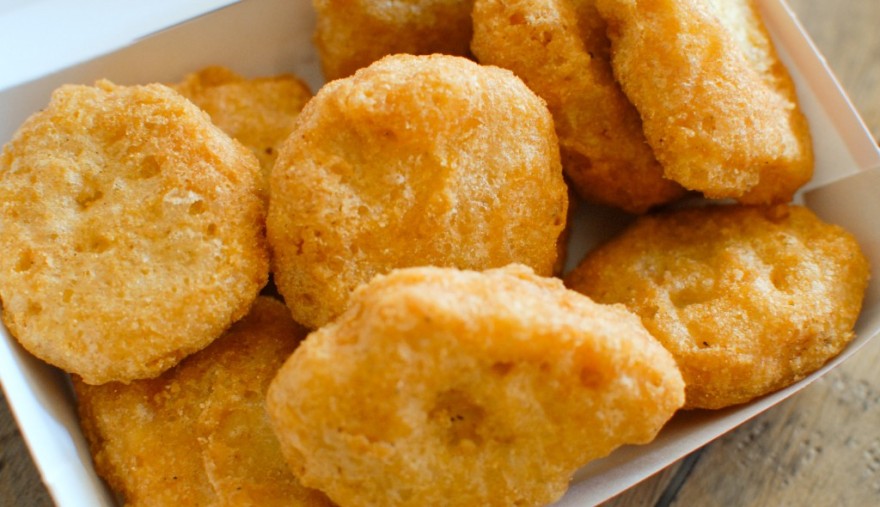Last week, the Excelsior Farm Chronicle post touched on the fact that members new to the CSA lifestyle were probably about now realizing that being a part of a CSA is a lifestyle. My husband and I do struggle to get through all the produce each week, and it breaks my heart when something withers or wrinkles before I can get to it or finish it. To complicate matters, we’re looking at a solid week of over 90 degree weather ahead of us, so finding ways to use our produce with minimal heat is a whole new challenge. For that reason, I think now is a very good time to talk a little bit about how being a CSA member has changed our shopping and eating habits, as well as my strategies for using all that produce!
Take a Day Off
First of all, picking up our CSA box, finding and choosing recipes for the week, prepping and properly storing the haul, not to mention cleaning out the fridge before all that, is plenty of work for a day without even factoring in making dinner. To simplify things, we designated Wednesday, (pick-up day), as our eat-out day. If there are any leftovers then I will have that for lunch, but if I’m getting a little sick of something I made too big a batch of, or if the dish is questionably fresh, then I absolve myself of guilt for throwing it out and just buy myself take-out lunch while I’m out. My husband is free to enjoy a restaurant he likes, and an opportunity for networking or building relationships with his coworkers is built in to our schedule. To top it off, he knows he’ll be picking up dinner on the way home, which saves my energy for cooking for tomorrow’s meals. I can prepare a chopped or pasta salad without being rushed to make sure it’s chilled in time for dinner, or bake a quiche or strata for tomorrow’s breakfast, and wake up the next day able to hit the ground running with our CSA haul, all because we factor in a day off.
Think About Condiments First
Condiments are not only a smart way to turn some of that produce into manageable quantities, but with a well stocked freezer, are an easy way to up the production value of your cooking without adding work. A good place to start is with compound butters, and pesto.
If you follow my blog, you may have noticed that a compound butter is often in my plan. Compound butters are extremely easy to make, and freeze beautifully. With a nice selection in your freezer, you can slice a piece off to toss with any plain roasted, steamed, or sauteed vegetable(s). A dab melting on a piece of meat is an instant sauce, or dressing for a pasta and vegetable salad. Float a slice on soup in lieu of a drizzle of oil. Set it out with a sliced baguette or crudites and show off to your friends how awesome you are.
Next, learn to think outside the box in terms of pesto. In fact, pesto is so versatile and varied, “pesto” is now a verb. Arugula pesto, radish greens pesto, garlic scape pesto. Try this chart to start experimenting. Really anything can be blended into a sauce, and the line between a vegetable sauce and a vegetable soup is pretty vague when you really think about it. If you’re having trouble inventing a “pesto,” use vegetable soups for inspiration, but oil instead of broth, nuts for body, and something like soy, miso, Parmesan, or Worchestsire, for salt and umami. Then don’t forget to make lots of it, so you can freeze it and toss it with vegetables to come.
All Hail the Cheese Plate
If you’re like me, chances are you’re making a variety of salads, pickles, and “sauces,” and not necessarily serving them one at a time. There’s far too much produce to be thinking in terms of a single side dish, and often, our CSA box contains more than one thing that will go bad faster than the rest and therefore takes priority on the meal planning list. It can be hard to always have vegetables taking center stage, and just as hard to make all those salads and still need to prepare a protein in order to serve them. But that’s why there’s such a thing as good cheese. Go buy some, as well as some crackers or baguette, and pick up some fresh fruit while you’re at it. Then enjoy a lovely meal that includes a selection of beautiful salads, rounded out and made all the more elegant with the addition of good cheese and seasonal fruit.
This is also an excellent way to use up any pickles you’ve made without having to invent a whole dish to serve them with, and a shared wedge of cheese leaves a lot more room in the belly for those gorgeous salads you made than a pork chop does. Not to mention is a lot less work, and spares you use of the oven during summer heat waves.




